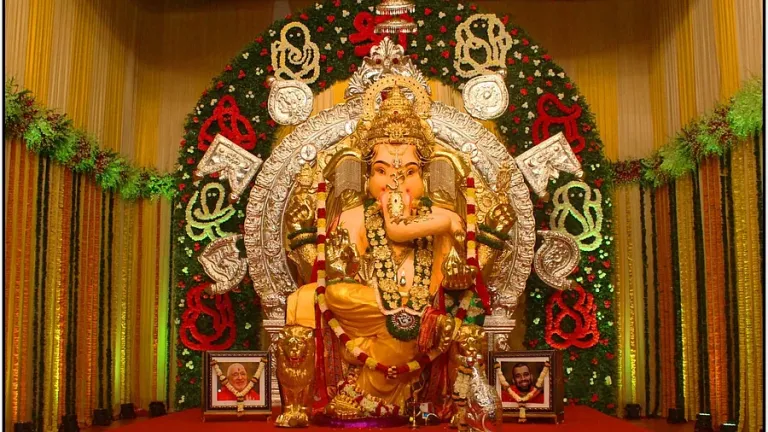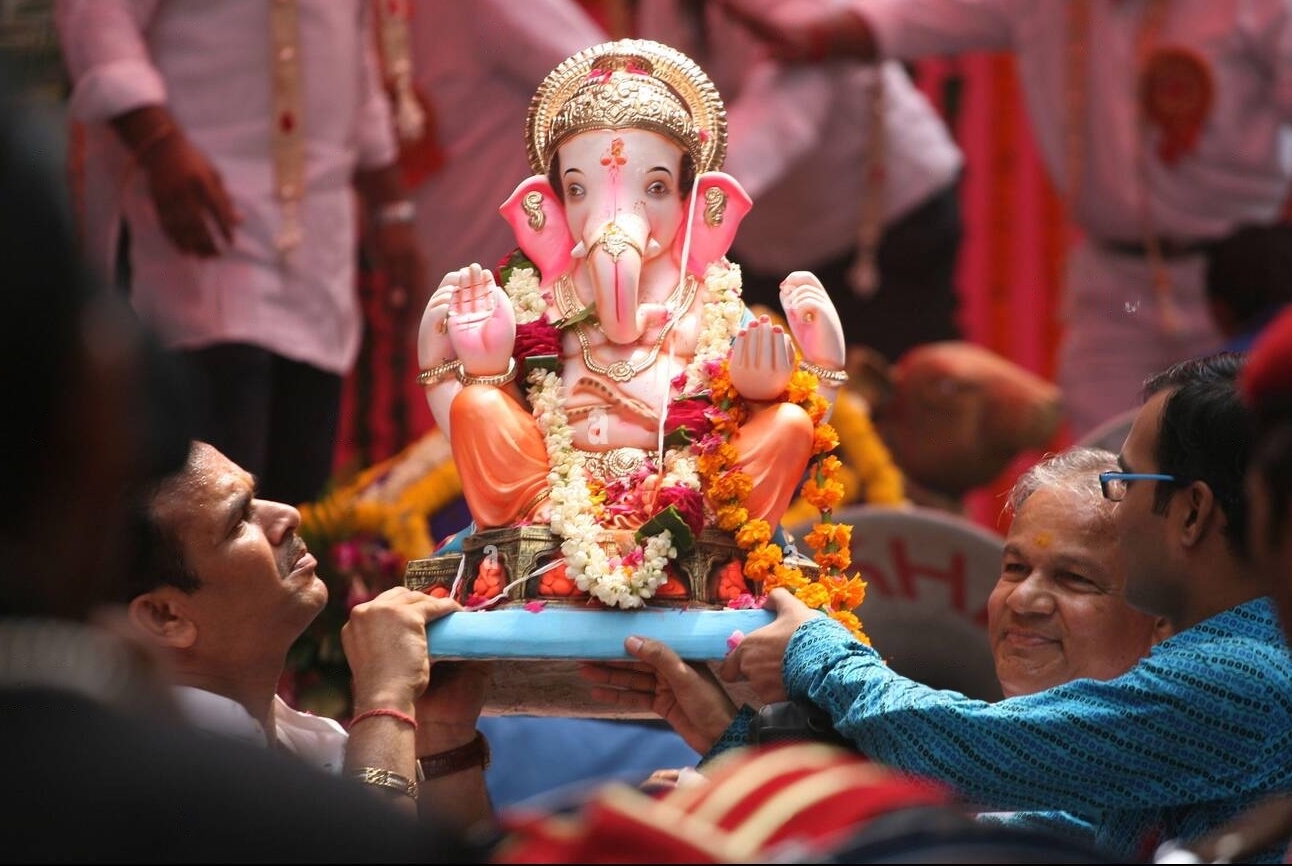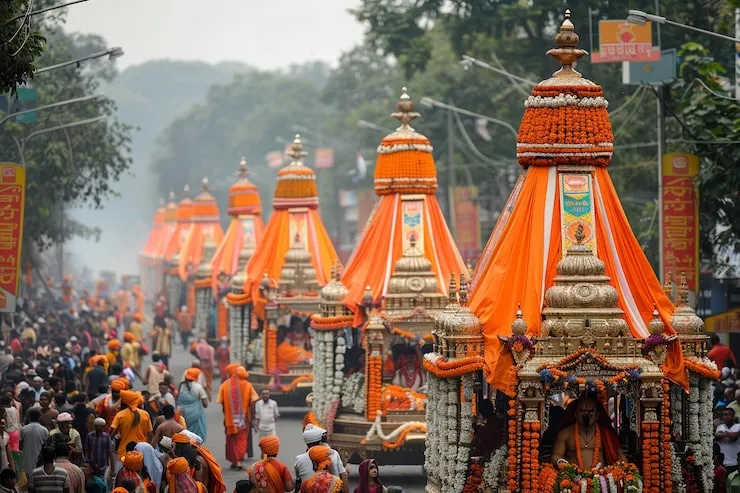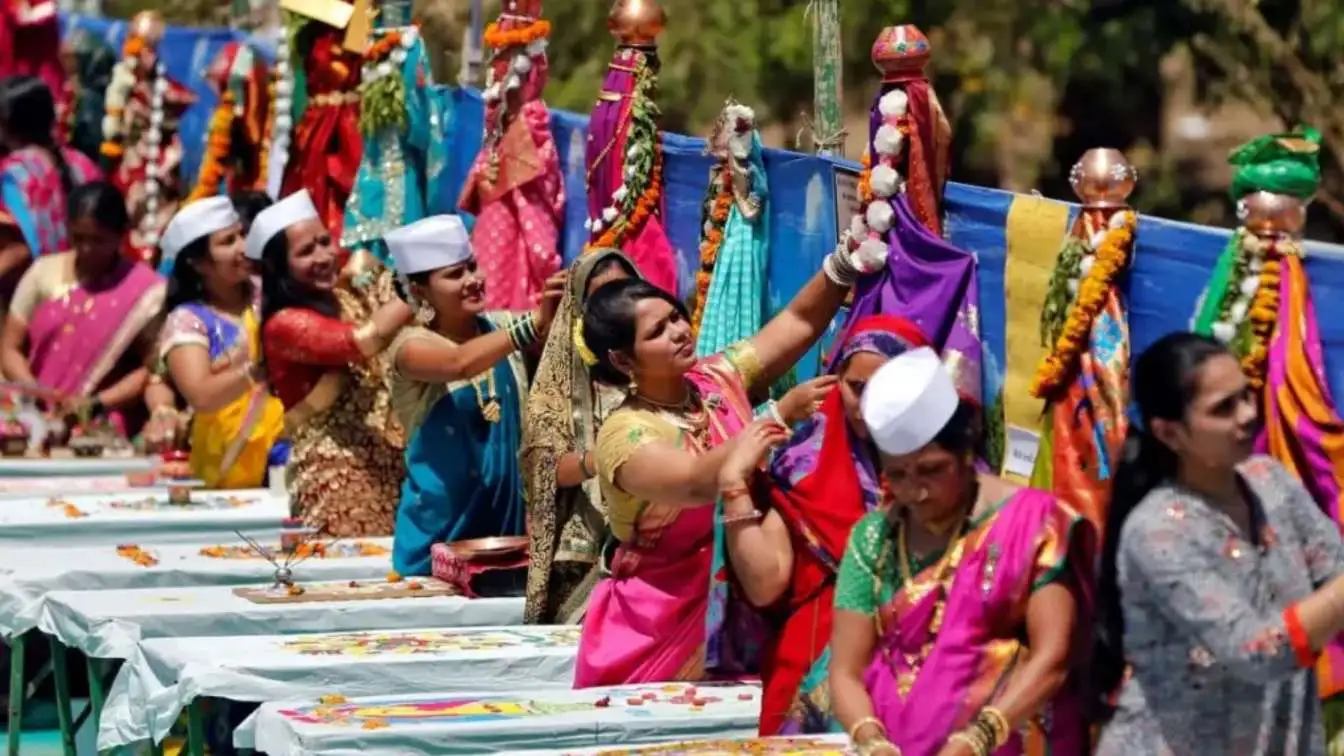One of India's most cherished holidays is Ganesh Chaturthi. Ganpati Bappa is installed in pandals and residences on this day. There is an atmosphere of worship, bhajan and prasad for the entire ten days. The streets everywhere these days are filled with colours and music.
But there is another side to this. Every year millions of statues, decorations and large processions burden nature. That is why now many cities have started celebrating festivals keeping in mind the environment.
Damage caused by festivals to environment
The more the fanfare of Ganesh Chaturthi increases, the more problems come to the fore. Such as:
- Idols made of plaster of Paris (PoP) contaminate ponds and rivers and do not disintegrate in water.
- Chemical dyes - they harm fish and aquatic life.
- Plastic and thermocol decoration - this garbage does not dissolve in the soil for a long time.
- Noise and Smoke... Loudspeakers and firecrackers cause pollution.
That is why now people have started adopting new and simple measures.
Eco-friendly Ganesha idols
Now many families and artists have started making clay idols. There are several options:
- Statues of clay It dissolves quickly and does not damage the water.
- Paper mache sculptures are delicate, vibrant, and prone to deterioration.
- Statues with seeds. Plants grow from them after immersion.
- Chocolate idols - are immersed in milk and distributed as prasad.
- These methods are also easy and also protect nature.
How cities are changing
Mumbai: The biggest change

- Artificial ponds are created so that the burden on the rivers is reduced.
- The municipal corporation motivates people to take clay idols.
- Flowers and decorations are collected separately.
Pune: tradition and the environment.
- In many places, peaceful protests were held.
- The method of immersion in small tubs at home is becoming popular.
Hyderabad: The Protection of the Lakes
- Only clay idols are allowed in public pandals.
- Temporary ponds are created in the colonies.
- Awareness campaigns are going on.
Bengaluru: Help with technology
- The location of the immersion pond is displayed on the mobile app.
- Startups deliver clay kits to homes.
- Separate collection points are created for flowers and waste.
Delhi and other cities.
- Collective tanks are built in societies.
- Bamboo, cloth and paper decorations are sold.
- RWAs run campaigns in mohallas.
Safe and beautiful decoration.
People now employ natural materials to adorn their homes and pandals:
- Banana leaves and coconut shells.
- fabric flanges and bamboo structures.
- Natural beauty from flowers and rangoli.
- Frequently used lights and fabrics.
People's participation is most important.
The government can make rules, but the real change is made by the people.
- In schools, children are taught to make clay idols.
- Awareness is spread through street plays and rallies.
- Campaigns like #GreenGanesh is running on social media.
- The volunteers collect the waste after immersion.
What can families do?
Each house can take a few small steps:
- Bring an idol with soil or seeds.
- Use flowers, leaves and rangoli for decoration.
- Avoid fireworks and loudspeakers.
- Immerse at home in a bucket or tub.
- Share the remaining prasad with others.
Government initiative
Several states have taken steps:
- Plaster of Paris idols banned.
- Artificial ponds are created every year.
- Penalty for use of plastic.
- To provide clay idols at affordable rates.
Emotional changes

The true colour of the festival is not just in the idol, decoration or procession. Earlier, many people used to think that if the idol is small or the immersion takes place at home, then the festival will seem incomplete. They thought that big processions and noise were the real celebrations. But gradually I changed my mind. People saw that when the rivers and lakes are dirty, there is no water left to drink in the coming days. When garbage is spread around, the health of children and the elderly deteriorates. In such a situation, the real devotion is to protect the earth and water while respecting Ganpati Bappa.
Today, many families and societies have become examples of this change. Little children make clay idols and teach the same to their friends. Women decorate their homes with flowers and leaves. Elderly people explain to children that "worship of Bappa should be done from the heart, not by show. Gradually people understood that God resides in emotion. If the heart is true, then the small clay idol is as sacred as the big idol. A celebration done with peace and cleanliness is the real worship. This change is affecting people.
Read More:- 10 Traditional Ganesh Chaturthi Decoration Ideas for Your Home
Conclusion: A fusion of tradition and nature.
Ganesh Chaturthi will always be a festival of happiness, togetherness and devotion. But now is the time to celebrate it with more responsibility. When we bring clay idols, when we immerse in the house itself, when we keep distance from plastic and noise - then we not only welcome Ganpati Bappa, but also respect nature. Vighnaharta, which means "one who removes difficulties," is the name given to Bappa. If we reduce pollution, then the problems of the coming generations will be removed. This is true devotion. This festival teaches us that worship of God and protection of nature can go hand in hand.
Today it is necessary that every house, every mohalla and every city should adopt this message -
Bhakti means not only worship but also protection of the earth.
When we welcome Bappa like this, the rivers will be clean, the air will be clean and the future of children will be safe. In this way, we will be able to celebrate the joy of Ganesh Chaturthi with the same enthusiasm for years to come. So, this year, let's welcome Bappa with a true heart, with a clean mind and in harmony with nature. This will be our greatest faith and most sincere devotion.
When we celebrate the festival together with nature, only then we welcome Ganpati Bappa in the true sense. This is our biggest change.













